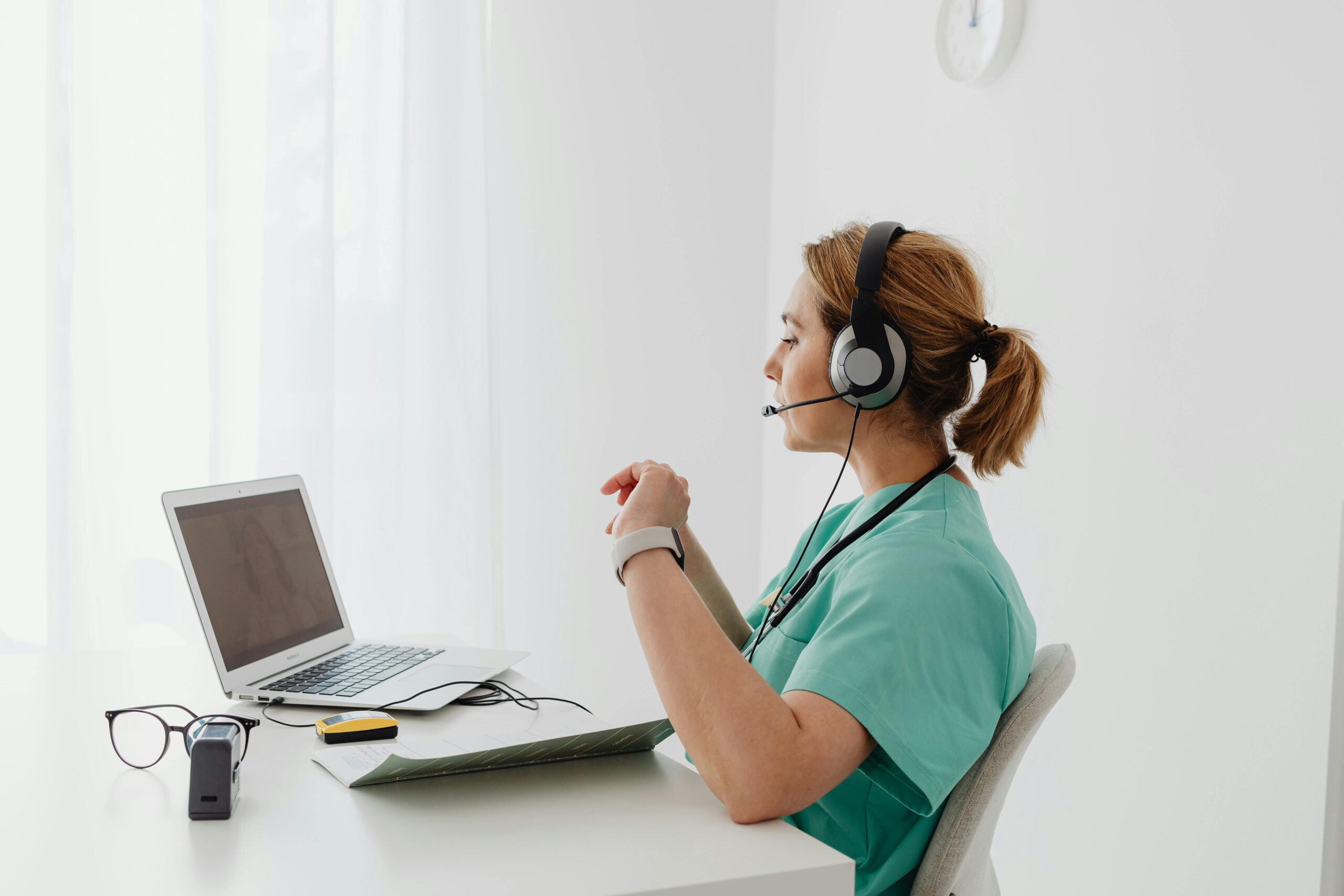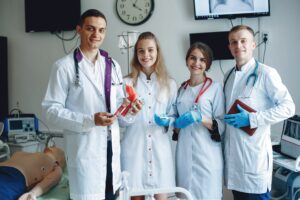The USMLE Step exams (United States Medical Licensing Examination) are crucial milestones for medical students and graduates who want to practice medicine in the United States. For Caribbean medical students aiming to match into competitive residency programs in the United States, excelling on the USMLE Step 3 is important to stand out in the eyes of program directors.
The USMLE Step 3, the final exam in the United States Medical Licensing Examination series, tests your ability to apply medical knowledge and understanding of biomedical and clinical sciences. It’s an opportunity to demonstrate clinical readiness, secure licensure, and assess your ability to practice medicine independently.
Unlike Step 1 and Step 2 CK, Step 3 has a unique format, including multiple-choice questions and computer-based case simulations (CCS), making strategic preparation crucial. Let’s explore how Caribbean med school students can get an edge in the competitive U.S. residency landscape.
What is the USMLE Step 3?
The USMLE Step 3 aims to evaluate a student’s ability to apply their clinical knowledge, skills, and medical understanding in diverse clinical scenarios. It is a two-day examination that assesses your ability to practice medicine independently and deliver excellent patient care.
It has two sections: The Foundations of Independent Practice, which analyzes your core medical knowledge, epidemiology, population health, and medical ethics. The second section, Advanced Clinical Medicine, emphasizes diagnosis, management, and clinical decision-making.
The USMLE Step 3 is typically taken during the first year of residency (PGY-1). Caribbean med school graduates can also take it before applying for residency to strengthen their application.
Why Does USMLE Step 3 Matter for Caribbean MD Graduates?
For Caribbean medical students, USMLE Step 3 is more than just the last licensing hurdle; it’s a strategic opportunity to prove your readiness, overcome any stigma associated with offshore training, and stand out as a highly prepared, practice-ready physician. The test demonstrates your clinical competence and readiness for unsupervised practice. It enhances visa eligibility for IMGs and enhances your profile in the residency match process, particularly for competitive programs.
Understanding the Exam Format
The USMLE Step 3 is the final exam in the United States Medical Licensing Examination series, representing a critical step toward independent medical practice. For medical students and international medical graduates (IMGs), understanding the exam format is the foundation for adequate preparation and success. Unlike the USMLE Step 1 and Step 2 CK, Step 3 tests not only your medical knowledge but also your clinical reasoning, decision-making, and ability to manage patients independently.
Day 1: Foundations of Independent Practice (FIP)
The first day of the test includes a total of 232 MCQs, divided into 6 blocks of 38-40 items. You have to complete each block within 60 minutes. The total test time is 7 hours, including 45 minutes of break time and a 5-minute optional tutorial.
Exam Content Areas
- Medical diagnosis and treatment
- Epidemiology and biostatistics
- Medical ethics and professionalism
- Population health, patient safety
- Communication and interpretation of medical literature
Day 2: Advanced Clinical Medicine (ACM)
The second day of USMLE Step 3 includes a total of 180 MCQs, divided into 6 blocks of 30 questions each. You have to complete each block within 45 minutes. The total test time is 9 hours, including a 45-minute break. There are 13 interactive Computer-Based Case Simulations (CCSs) to solve, each simulating a real clinical scenario with evolving patient data. The total CCS time is 4 hours; you can allocate 10–20 minutes per case to solve.
Build an Effective Study Plan
Once you understand the exam format, essential topics, content outline, CCS interface, and question formats, it’s time to create an effective study plan to approach the program with confidence. Allocate 2–3 hours daily to reinforce the concepts. Create a weekly goal for both MCQs and CCS cases, and don’t forget to include time for review and self-assessment.
Gather the Right Resources
With numerous resources available for USMLE preparation, selecting the right material that perfectly aligns with one’s learning style is crucial for achieving good marks. Start using UWorld Step 3 QBank. Treat each question as a learning opportunity, take notes, and review explanations. Use Timed and Tutor Mode to build test endurance.
Best Resources for the USMLE Step 3 Preparation
- UWorld Step 3 Qbank
- USMLE Step 3 CCS Software from USMLE.org
- First Aid for the USMLE Step 3
- Master the Boards USMLE Step 3
- AMBOSS Step 3 Qbank
- OnlineMedEd
- NBME/USMLE Practice Tests
Polish Your CCS Strategy
Start practicing CCS cases and simulate real-time scenarios to build speed and confidence. Use CCS software (available from USMLE or UWorld). Learn how to efficiently order labs, treatments, and consultations, and concentrate on developing a diagnostic strategy and follow-up. Understand how timing and follow-up actions affect your score.
Final Thoughts
The USMLE is not just about passing a test; it’s about proving you are ready to treat real patients, make safe decisions, and take responsibility as a physician. A strong performance can open doors, build confidence, and shape your career path. Attending a Caribbean medical school, such as WSOM, offers a clear and well-structured pathway to U.S. medical licensure. With affordable tuition fees, early clinical exposure, comprehensive USMLE preparation, personalized support, and clinical rotations in U.S. affiliated hospitals, WUSOM prepares students to succeed the USMLE exams and qualify for a competitive residency.
Are you ready to start your journey toward becoming a licensed doctor? Apply to WUSOM today!








